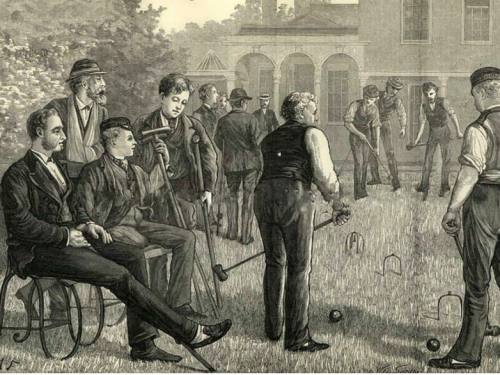Lauderdale House was once full of beds, patients and nurses. In 1872 Queen Victoria’s son, the Prince of Wales, opened the building as a place where patients could rest after spending time in hospital.
This was the first convalescent home set up by St Bartholomew’s Hospital, which is still based in Smithfield in the City of London. The home offered higher levels of medical care than similar hospitals of the time.
The building was converted into wards by its then owner, Sir Sydney Waterlow. Sir Sydney loaned the House to St Bartholomew’s and asked for nothing – not even a penny’s rent – in return.

